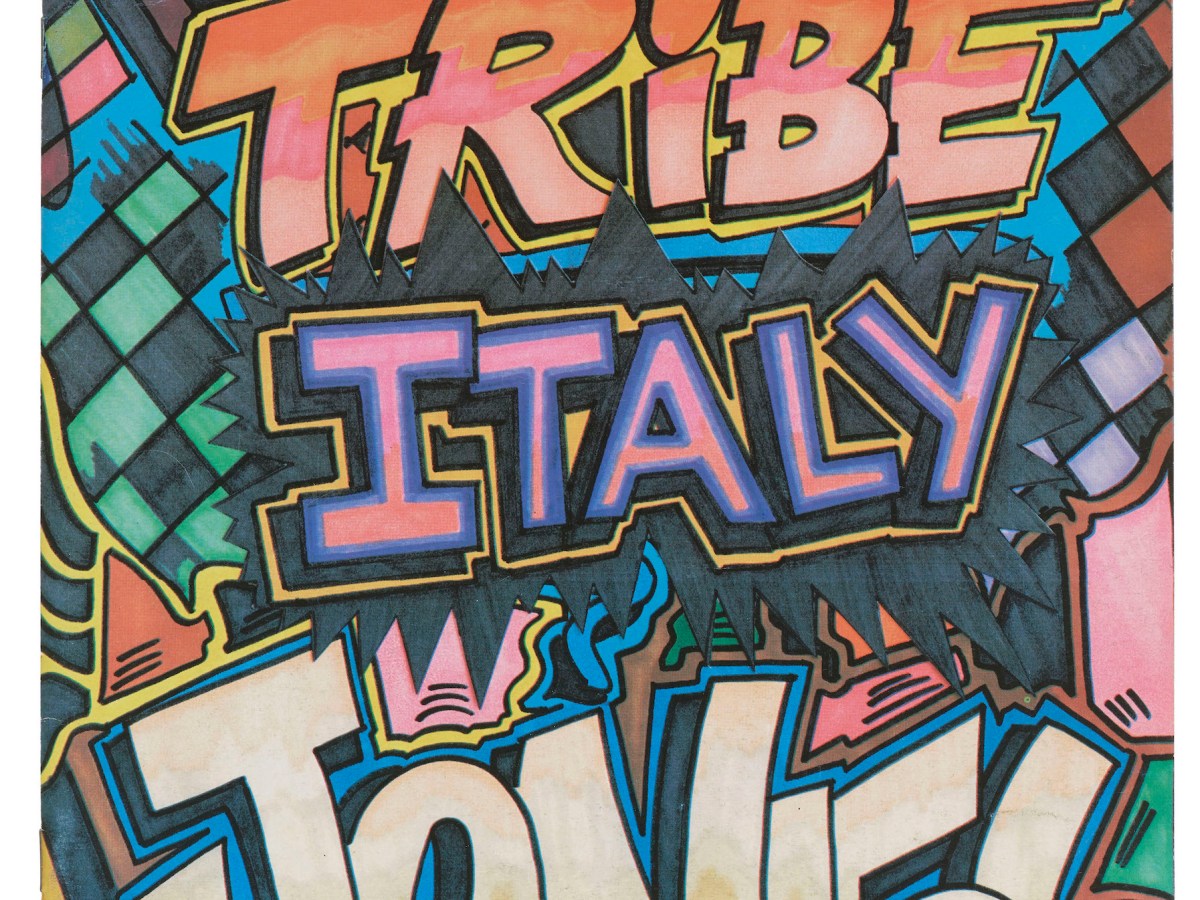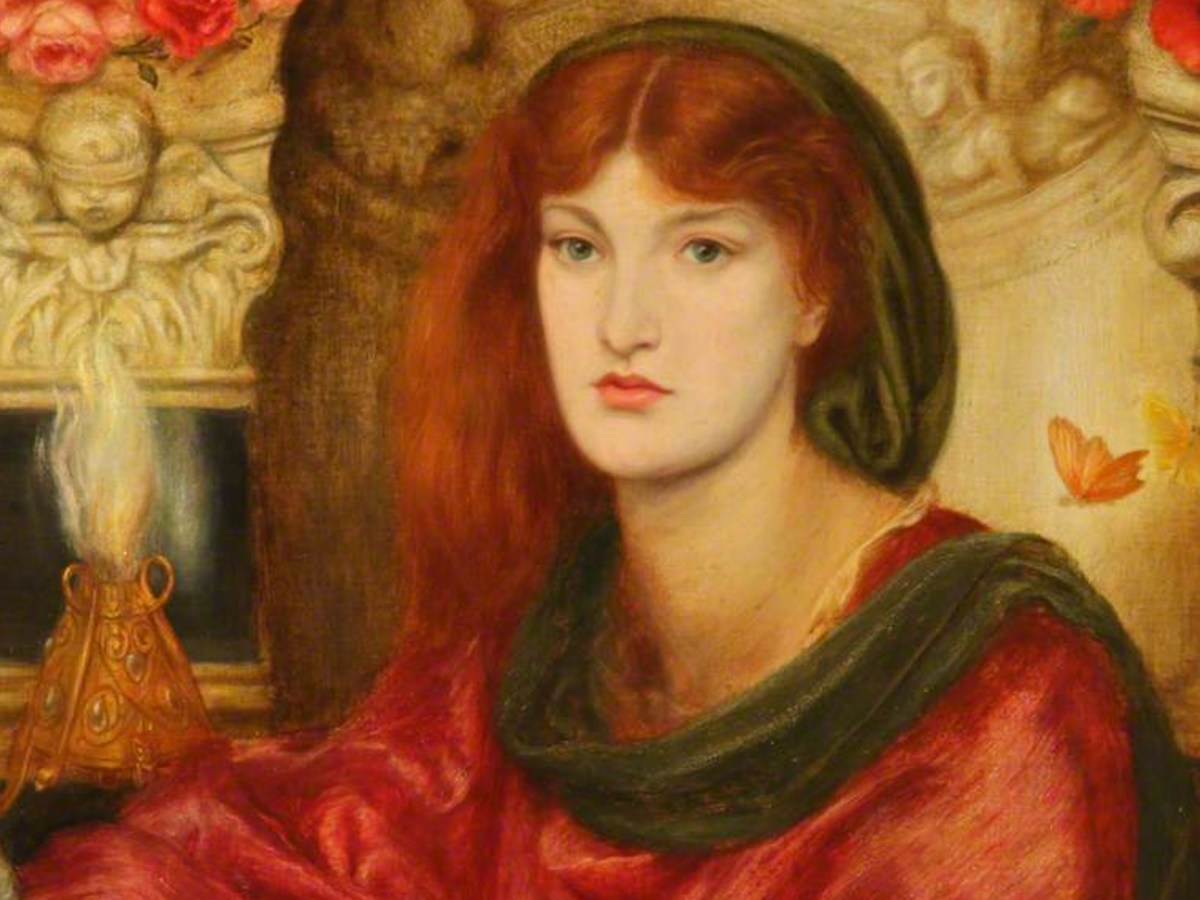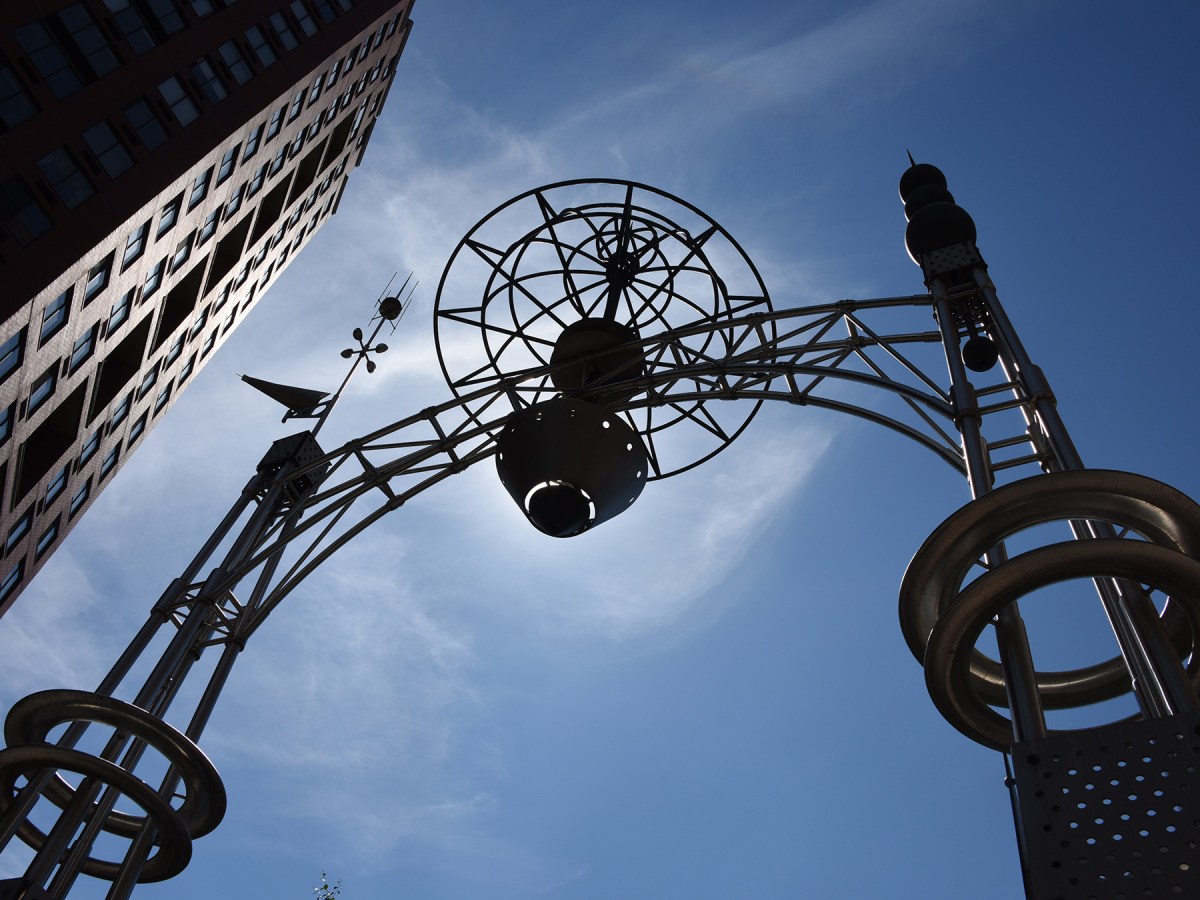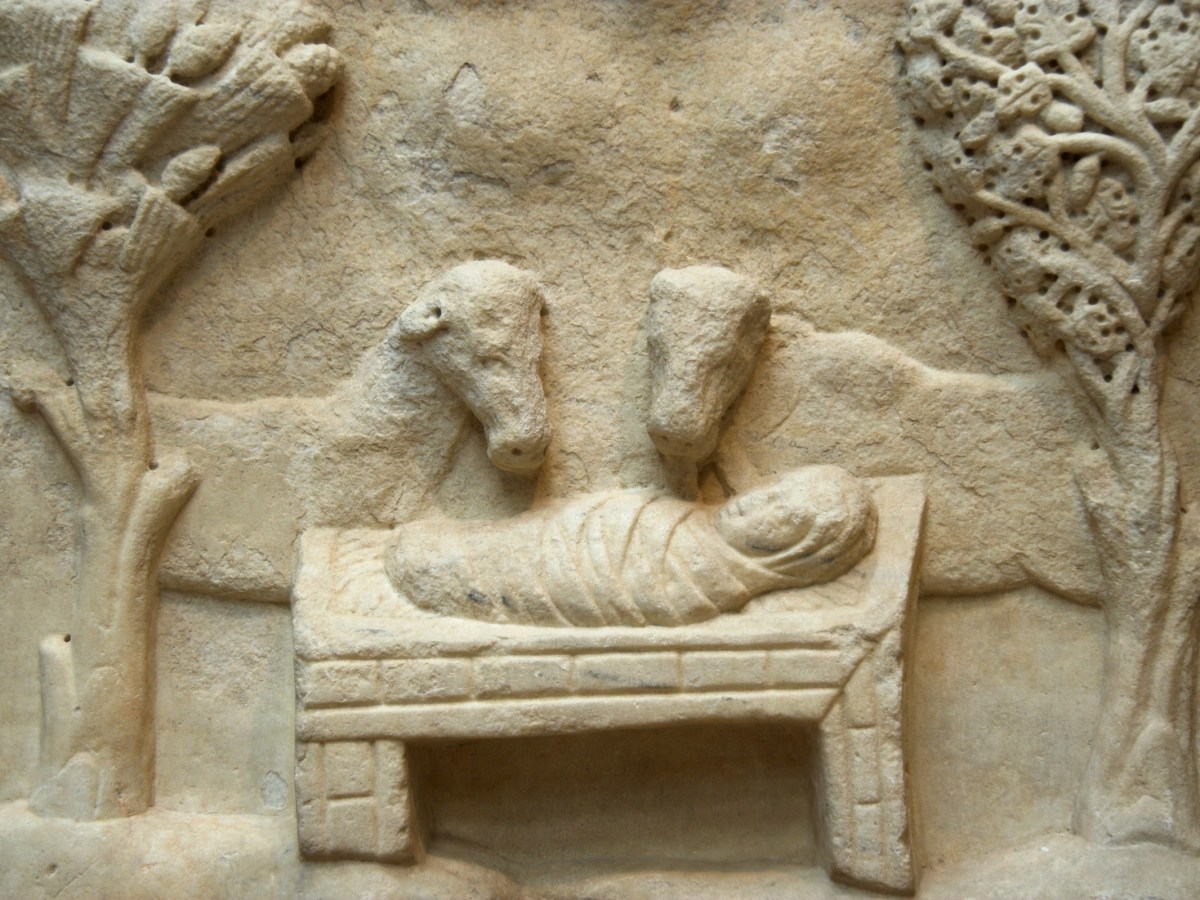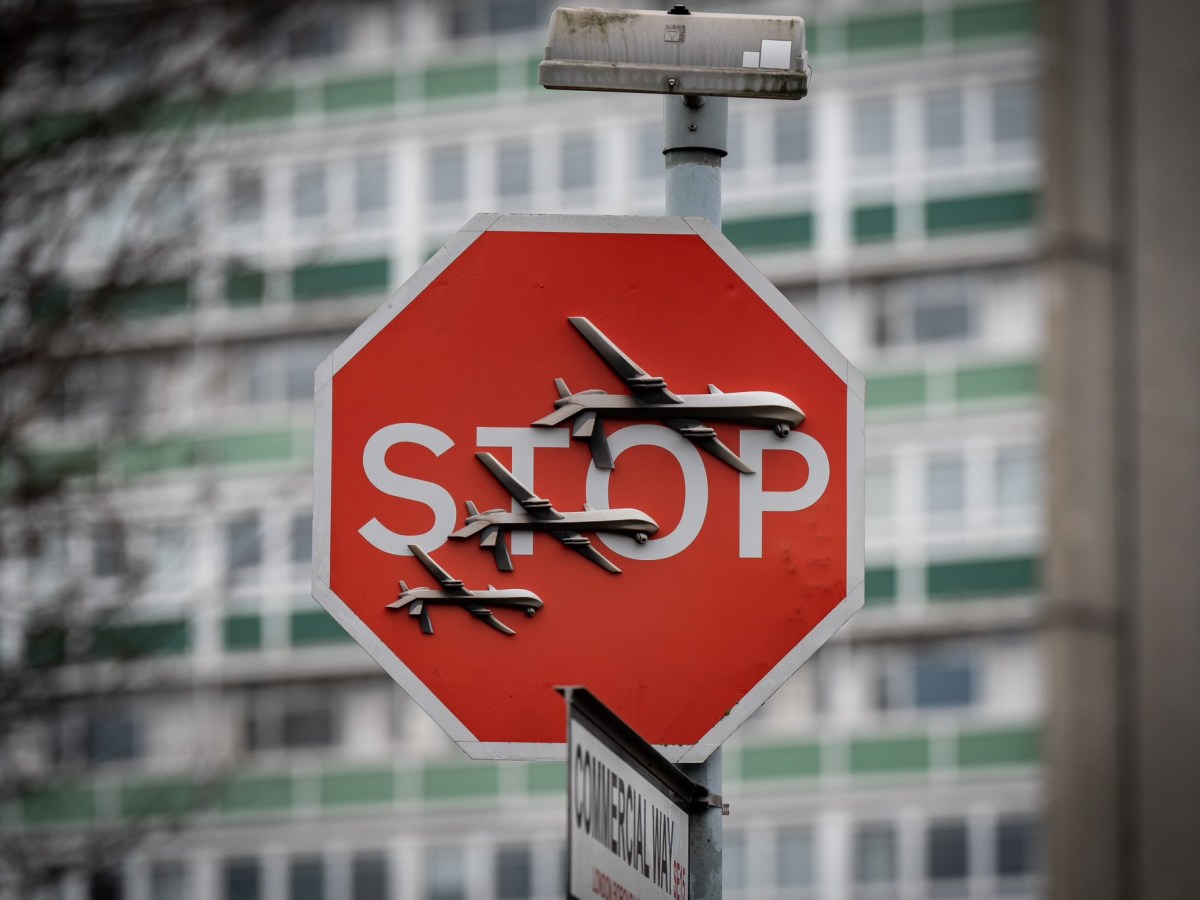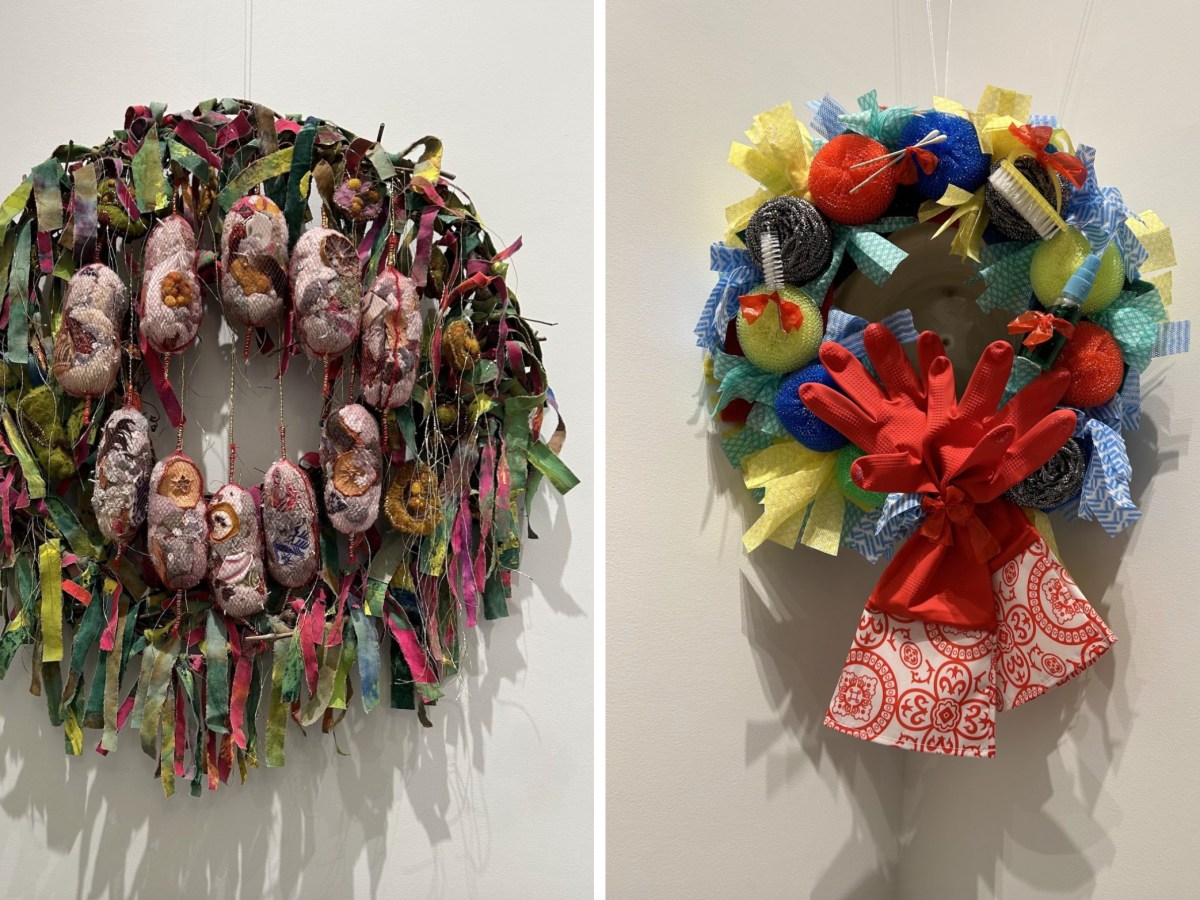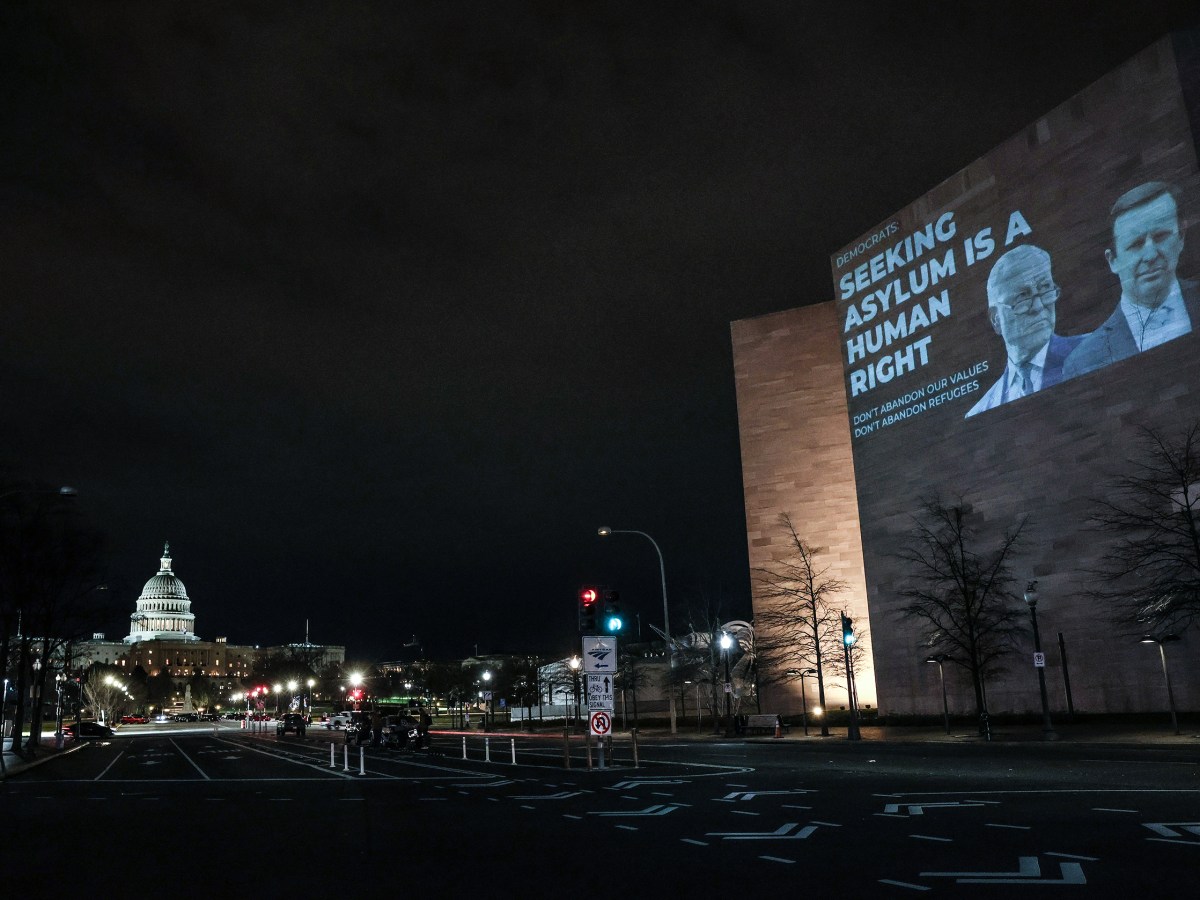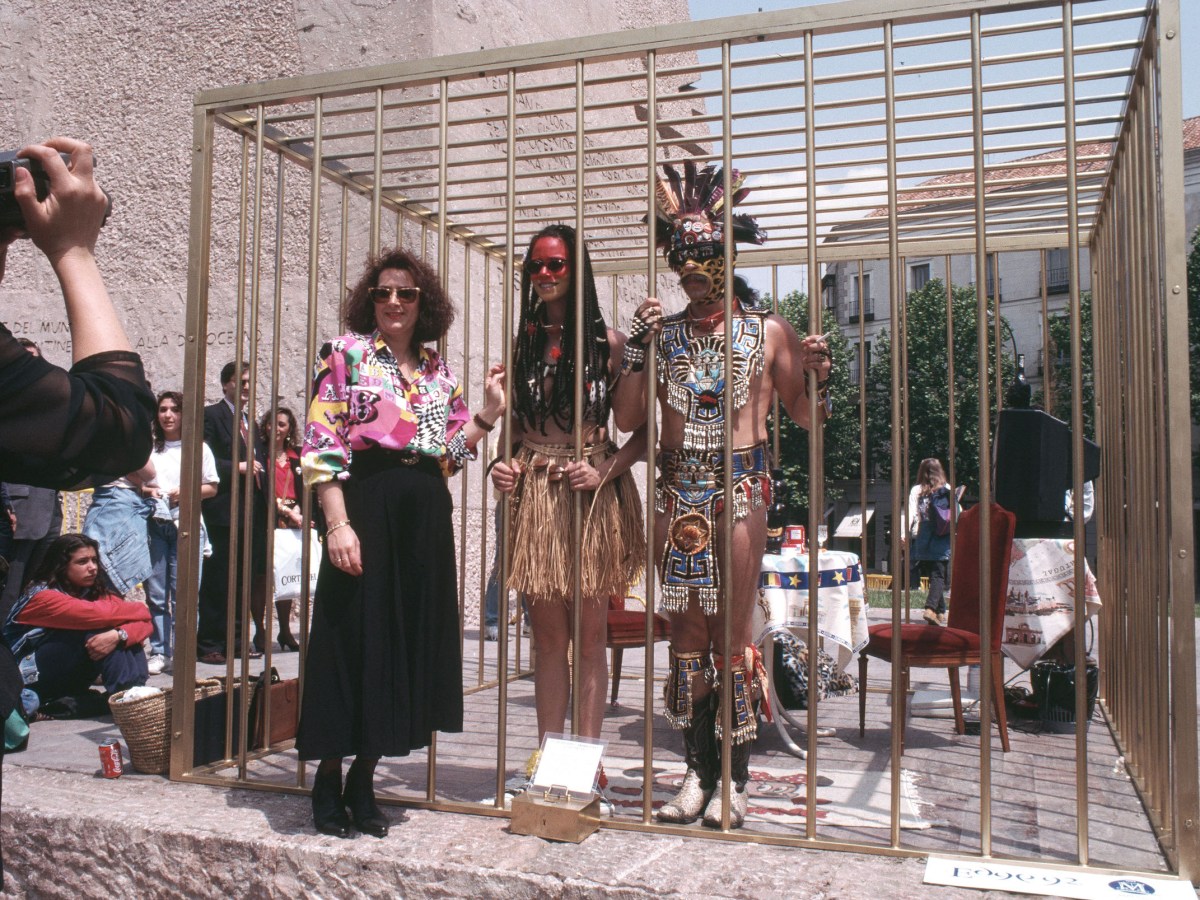On a crisp December morning, Seeta Chiang loaded around 20 artworks by various Chinese artists on a small truck. The pieces included illustrations, photography, and sculptures all inspired by last year’s “White Paper Revolution,” a series of protests against China’s draconian COVID-19 restrictions also known as the A4 Revolution in reference to the standard paper size for printers.
After getting everything on the vehicle, Chiang drove off to Amsterdam with his friends, where they set up a mini art exhibition at Dam Square titled A4 Revolution: Transnational Solidarity for Human Rights in Europe.
In November 2022, a fire broke out in an apartment in Urumqi in the western region of Xinjiang, killing 10 people. At the time, many claimed that China’s intense COVID-19 lockdown measures delayed rescues and hindered residents from escaping, allegations the government denied. The response sparked protests across all major cities in China and diasporas worldwide in a shared call for freedom.
A year later, five Chinese human rights groups based in Paris, London, Berlin, and California decided to hold an art exhibition across Europe to commemorate the anniversary of the protests. The collective had its first exhibition in London on November 25, followed by others in Paris, Amsterdam, Prague, and Munich over the last three weeks. The tour is expected to travel to Milan and make its final stop at Lyon by the end of December, hopefully giving participants an opportunity to connect with other activists around the world.

Chiang, a Chinese artist now living in France, thinks the White Paper Revolution was an important milestone for China’s human rights movement, especially for younger people.
“It was the first time our generation, who were born in the 1990s and 2000s, took to the streets and voiced our political opinions,” Chiang told Hyperallergic, noting that many advocacy groups that sprung up last year at the height of the protests slowly became inactive as China intensified its police crackdown on dissidents.
“An art exhibition is a relatively gentler form of activism than demonstrations,” he continued. “[But] I believe art can be used to gradually spread ideas between people and make a difference in our community.”
He added that images may have a more long-lasting impact in our ever-changing social media age. “Many years down the line, people might not recall the details of a protest they pass by in Europe, but they are more likely to remember a certain sign that caught their eye,” Chiang said. “I think having a protest-related art exhibition is worth trying when our movement is at a low ebb.”
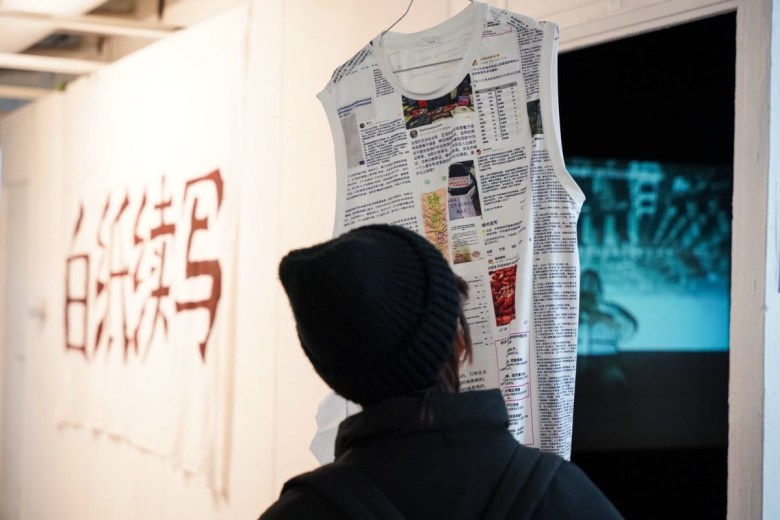
Among the works in the show is 404 & Winsor’s “Big Brother” (2023), a robotic statue of Chinese President Xi Jinping that repeats the phrase “Make China Great Again”; photographs of the protests transformed by YBRT and paobupaoPAOMIAN; and satirical cartoons poking fun at Chinese propaganda.
Apple Lin, a Chinese dissident activist with the London-based organization Deviant China, said the team wants to raise awareness about China’s human rights violations to Europeans. “The concept of this exhibition is to treat the entire continent as a piece of blank paper for us to showcase a diversity of voices and possibilities,” Lin said.
However, the team had to jump through many hoops to make the exhibition a reality. Lin said artists who are still based in China have faced threats.
“We received submissions from artists who were interrogated by the government after sharing about our art exhibition on social media,” Lin said. “Even some of our members here were intimidated by the government.”
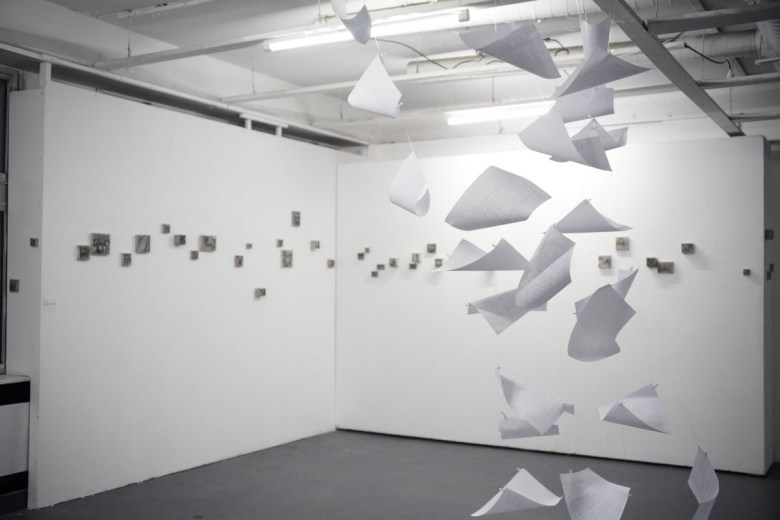
According to reports by the nonprofit human rights organization Safeguard Defenders in 2022, China has over 100 secret police stations in 53 countries worldwide. Beijing has denied the allegations, claiming that the “police stations” are volunteer-run services aimed at helping overseas Chinese nationals with administrative tasks, such as driver’s license renewals.
Despite all the hurdles they faced, Lin hopes this art exhibition can act as a call to action as well as an encouragement to fellow Chinese dissidents to keep the conversation going. While many people who visited the exhibition have been paying attention to human rights issues in China, he said, there were also pedestrians who stopped by because they were intrigued.
“It is interesting to hear how locals feel about China and see their different reactions towards each artwork,” Lin said.
Details about the date and time of exhibitions in each European city are available online at @a4_euro_tours.




